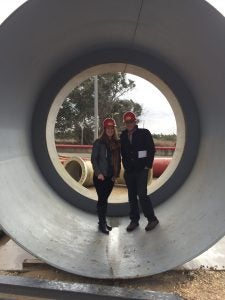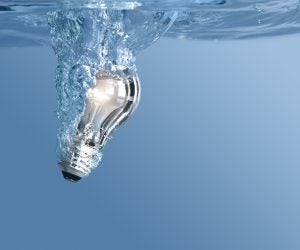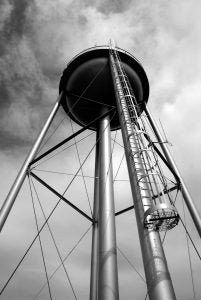 On a warm December day, I stood in a jojoba field in the Negev Desert in southern Israel and watched water slowly seep up from the ground around the trees. First a tiny spot, then spreading, watering the plants from deep below. This highly efficient system is known as drip irrigation, and I was there to meet with the world’s leading drip irrigation company, Israel-based Netafim.
On a warm December day, I stood in a jojoba field in the Negev Desert in southern Israel and watched water slowly seep up from the ground around the trees. First a tiny spot, then spreading, watering the plants from deep below. This highly efficient system is known as drip irrigation, and I was there to meet with the world’s leading drip irrigation company, Israel-based Netafim.
Naty Barak, the Netafim director who I met on the visit, notes that if the world’s farmers increased their use of drip irrigation to 15 percent (up from just under 5 percent now), the amount of water available for use worldwide could double.
Drip irrigation saves more than water. Whereas traditional irrigation typically uses quite a bit of energy, drip reduces the pressure (and power) needed to get the water to the crops while reducing the need for energy-hungry fertilizers. Plus, due to the inextricable link between water and power, saving water results in further saved energy.
Texas has already enhanced its water efficiency, but it could go further and take a page out of Israel’s book. By investing in thoughtful drip irrigation now, Texas could lead the nation on expanding this innovative technology and significantly reduce the energy footprint of its irrigation sector, while protecting water supplies for our growing cities and creating more sustainable farming practices. Read More










 This weekend, thousands of people will descend upon Houston to watch the New England Patriots and Atlanta Falcons duke it out at the Super Bowl. But the game won’t be the only thing on display.
This weekend, thousands of people will descend upon Houston to watch the New England Patriots and Atlanta Falcons duke it out at the Super Bowl. But the game won’t be the only thing on display.

 When you prepare the Thanksgiving meal, do you ask each person to make a dish of their choosing, with no coordination for an overall cohesive meal? Probably not. Most likely, you plan, because you want everything to fit together.
When you prepare the Thanksgiving meal, do you ask each person to make a dish of their choosing, with no coordination for an overall cohesive meal? Probably not. Most likely, you plan, because you want everything to fit together. Dustin McCartney, senior data analyst at Pecan Street, co-authored this post.
Dustin McCartney, senior data analyst at Pecan Street, co-authored this post.